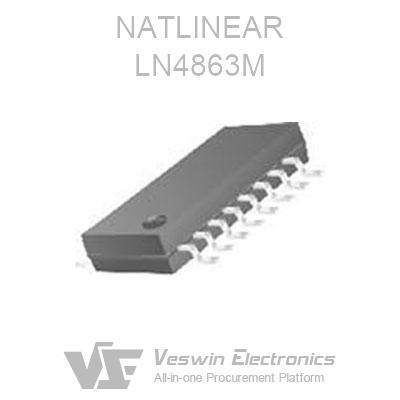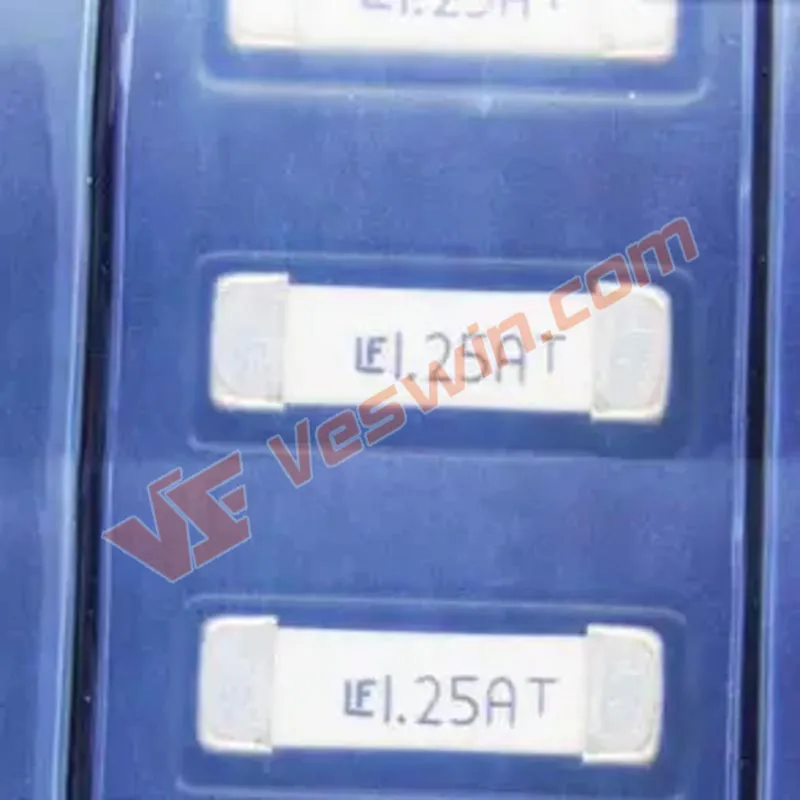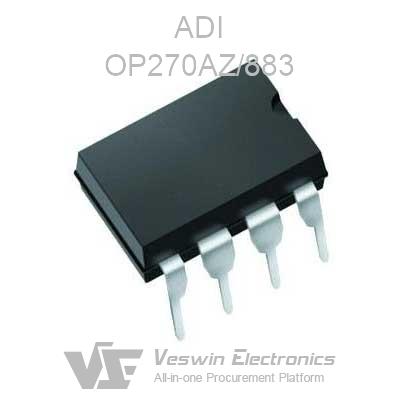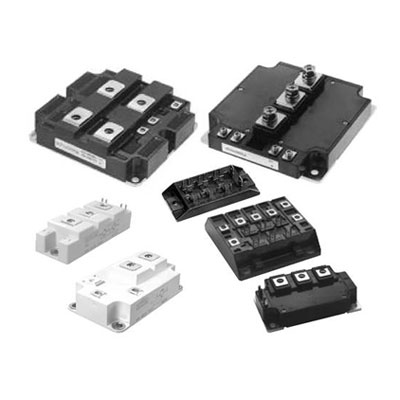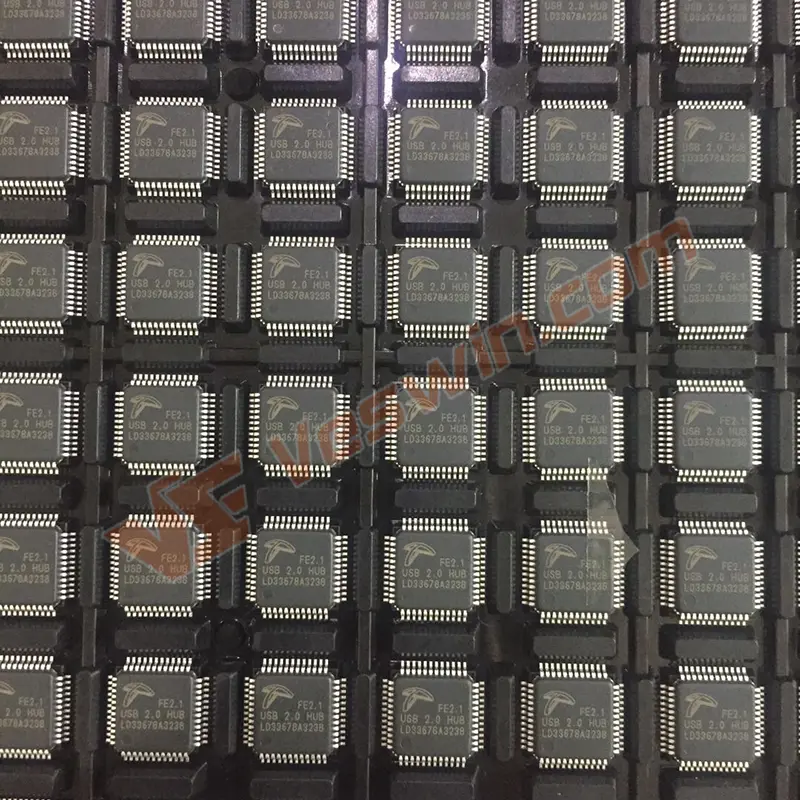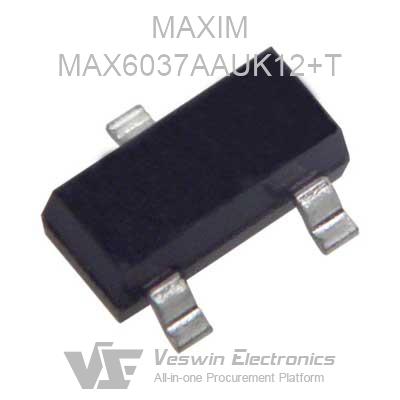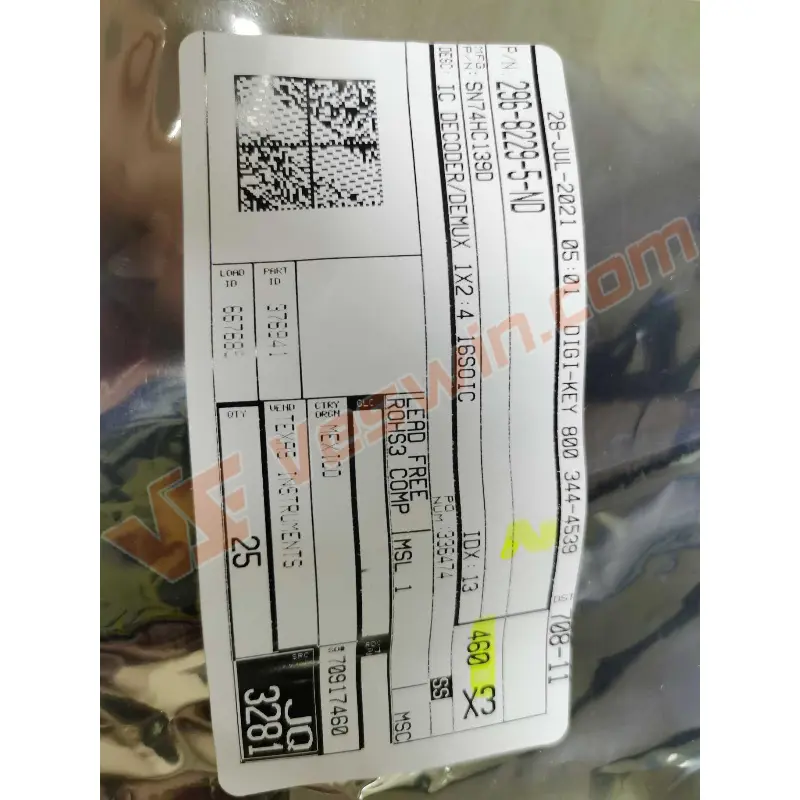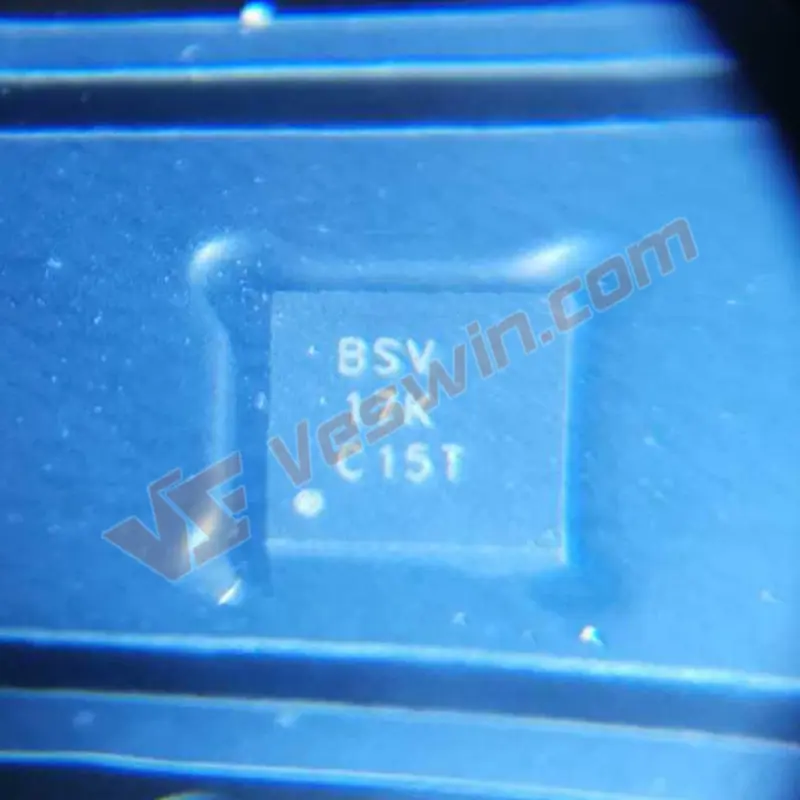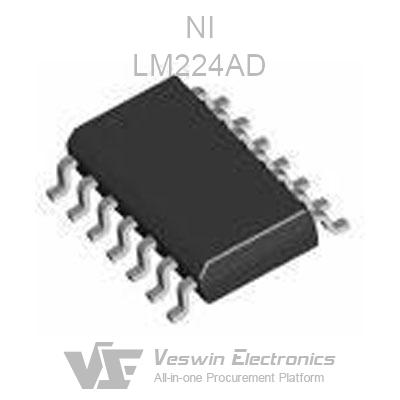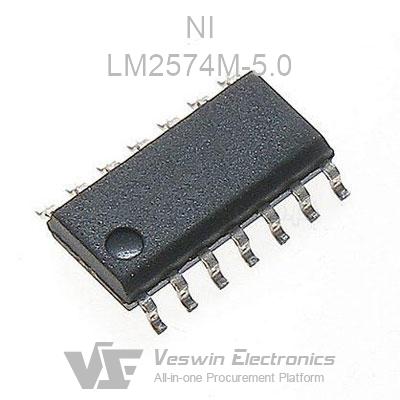What is a power supply chip? What does it do? What are the areas that should be considered when choosing a power supply chip? The input voltage linear adjustment rate, the relative impact on the output voltage when the input voltage varies linearly?
Here are a few conceptual issues to understand first.
1. The output voltage load regulation rate: the relative change in output voltage when the load current changes
2. The output voltage accuracy: the device output voltage error range
3. Load transient response: load current from a small value to the maximum flow of rapid changes in the output voltage fluctuations.
An LDO is a linear voltage regulator. A linear regulator uses transistors or FETs operating within its linear region to subtract excess voltage from the applied input voltage to produce a regulated output voltage. By dropout voltage, we mean the minimum value of the difference between the input voltage and output voltage required for the regulator to maintain the output voltage within 100mV above or below its rated value.
Positive output voltage LDO (low dropout) regulators typically use power transistors (also called transfer devices) as PNPs. such transistors are allowed to saturate, so the regulator can have a very low dropout voltage, typically around 200mV; by comparison, conventional linear regulators using NPN composite power transistors have a dropout of around 2V. The negative output LDO uses an NPN as its delivery device and operates in a similar mode to the PNP device of the positive output LDO.
Newer developments use CMOS power transistors, which are capable of providing the lowest dropout voltage. With CMOS, the only voltage drop through the regulator is caused by the ON resistance of the load current of the power device. If the load is small, the voltage drop produced in this way is only a few tens of millivolts.
DC-DC means DC to DC (conversion of different DC power values), and can be called a DCDC converter as long as it meets this definition, including LDO. but the general term is to call a device where DC to DC is implemented by switching a DCDC.
LDO means low-voltage dropout, which has a paragraph stating: low-voltage dropout (LDO) linear regulator has low cost, low noise, and low quiescent current, which are its outstanding advantages. It also requires few external components, usually only one or two bypass capacitors. The new LDO linear regulator can achieve the following specifications: output noise of 30μV, PSRR of 60dB, quiescent current of 6μA, and voltage drop of only 100mV.
The main reason why the performance of LDO linear regulator can reach this level is that the regulator tube in it is using P-channel MOSFETs, while ordinary linear regulators are using PNP transistors.
P-channel MOSFETs are voltage-driven and do not require current, so it greatly reduces the current consumed by the device itself; on the other hand, the circuit using PNP transistors, in order to prevent the PNP On the other hand, in circuits with PNP transistors, the voltage drop between the input and output cannot be too low in order to prevent the PNP transistor from entering saturation and reducing the output capability; and the voltage drop on the P-channel MOSFET is roughly equal to the product of the output current and the on-resistance. As the MOSFET on-state resistance is very small, so it is very low voltage drop above.
If the input voltage and output voltage are very close, it is best to use LDO regulators, which can achieve high efficiency. Therefore, in the application of converting the lithium-ion battery voltage to 3V output voltage is mostly used LDO regulator. Although the last ten percent of the battery's energy is not used, LDO regulators can still ensure that the battery's operating time is longer, while the noise is lower.
If the input voltage and output voltage is not very close, we should consider using the switching type DCDC, because from the above principle can be known, LDO input current is basically equal to the output current, if the voltage drop is too large, consuming too much energy on the LDO, the efficiency is not high.
DC-DC converters include step-up, step-down, step-up/down and inverse equal circuits. the advantages of DC-DC converters are high efficiency, high current output and small quiescent current. With increased integration, many new DC-DC converters require only a few external inductors and filter capacitors. However, the output pulsation and switching noise of these power controllers are high and the cost is relatively high.
In recent years, with the development of semiconductor technology, the cost of surface-mount inductors, capacitors, and highly integrated power control chips has been decreasing, and their size is getting smaller and smaller. For example, for a 3V input voltage, a 5V/2A output can be obtained using an on-chip NFET. Second, for small and medium power applications, low cost small packages can be used.
In addition, if the switching frequency is increased to 1MHz, but also to reduce costs, can use smaller size inductors and capacitors. Some new devices also add many new features, such as soft start, current limit, PFM or PWM mode selection.
In general, boost is a must to choose DC-DC, buck, whether to choose DC-DC or LDO, to compare on cost, efficiency, noise and performance.
LDO small size, less interference, when the input and output voltage difference is large, the conversion efficiency is low.
DC-DC benefit is the conversion efficiency is high, can be high current, but the output interference is larger, the volume is also relatively large.
LDO generally refers to the linear regulator - LowDropOut, while DC/DC is a general term for linear and switching regulators.
If your output current is not very large (such as within 3A), and the input and output voltage difference is not large (such as 3.3V to 2.5V, etc.) you can use the LDO regulator (the advantage is that the output voltage ripple is very small). Otherwise, it is best to use a switching regulator, if the boost, but also only with a switching regulator (if the ripple control is not good, it is easy to affect the work of the system).
When the circuit designed has the following requirements for the tap power supply.
1. High noise and ripple rejection ;
2. Occupy a small PCB board area, such as cell phones and other handheld electronics;
3. Circuit power supply does not allow the use of inductors, such as cell phones;
4. The power supply needs to have instantaneous calibration and output state self-test function;
5. The requirement of the regulator low voltage drop, their own low power consumption;
6. The requirements of low line cost and simple program;
At this time, the choice of LDO is the most appropriate choice, while meeting the various requirements of product design.
This depends on your application. For example, used in boost occasions, of course, can only use DC/DC, because LDO is a voltage drop type, can not boost.
Also look at the main features of each.
So if it is used in the case of large voltage drop, choose DC/DC, because of its high efficiency, and LDO will be because of the voltage drop and its own loss of a large part of the efficiency;
If the voltage drop is relatively small, choose LDO, because of its low noise, clean power supply, and simple peripheral circuit, low cost.
LDO is lowdropoutregulator, meaning low-voltage differential linear regulator, is relative to the traditional linear regulator. Traditional linear regulators, such as the 78xx series of chips are required to input voltage higher than the output voltage of 2v ~ 3V or more, otherwise it will not work properly. But in some cases, such conditions are obviously too harsh, such as 5v to 3.3v, the input and output voltage difference of only 1.7v, obviously does not meet the conditions. For this situation, there are LDO class power conversion chips.
LDO linear buck chip: the principle is equivalent to a resistor voltage divider to achieve buck, energy loss, the drop in voltage into heat, buck voltage difference and the greater the load current, the more obvious the chip heat. This type of chip package is relatively large, to facilitate heat dissipation.
LDO linear buck chips such as: 2596, L78 series, etc.
DC/DC buck chip: energy loss in the buck process is relatively small, the chip heating is not obvious. The chip package is relatively small and can realize PWM digital control.
DC/DC buck chips such as: TPS5430/31, TPS75003, MAX1599/61, TPS61040/41
LDO is lowdropoutregulator, meaning low dropout linear regulator, is relative to the traditional linear regulator. Traditional linear regulators, such as the 78xx series of chips require the input voltage to be higher than the output voltage of more than 2v ~ 3V, otherwise it will not work properly.
But in some cases, such conditions are obviously too harsh, such as 5v to 3.3v, the input and output voltage difference of only 1.7v, obviously does not meet the conditions. For this situation, there is a LDO class power conversion chip. Production of LDO chips, many companies, common ALPHA, Linear (LT), Micrel, Nationalsemiconductor, TI, etc.
Hot News
